BY STEPHEN DiLAURO | Shalom Tomas Neuman remains as passionate and committed to his vision as he was when he first arrived in Downtown Manhattan more than 50 years ago. He keeps the lower half of the back of his head shaved so that the tattoo of a lightbulb emitting red rays and emblazoned with his favorite word — Fusionism — can’t be missed. He enjoys challenging norms and conventional thinking about art, politics and life.
Shalom Neuman did not conquer the art world. He created his own continuum, Fusionism, and artists, poets, painters, musicians, sculptors, filmmakers, dancers and others were attracted to the energy and followed his lead. His presence in the art world is more than impactful. He has created an epoch.
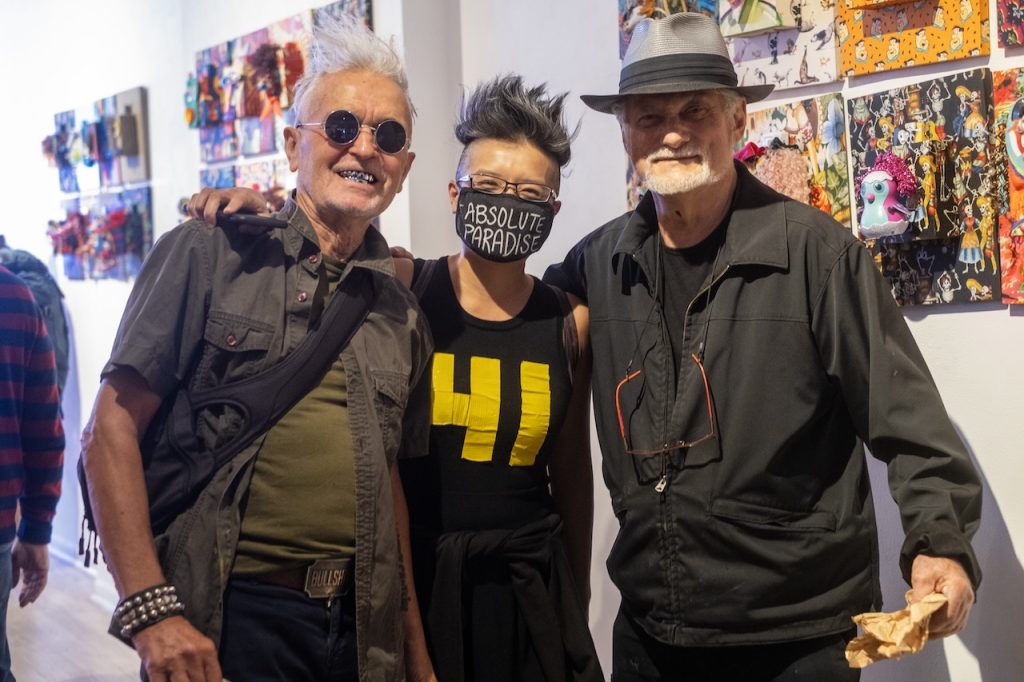
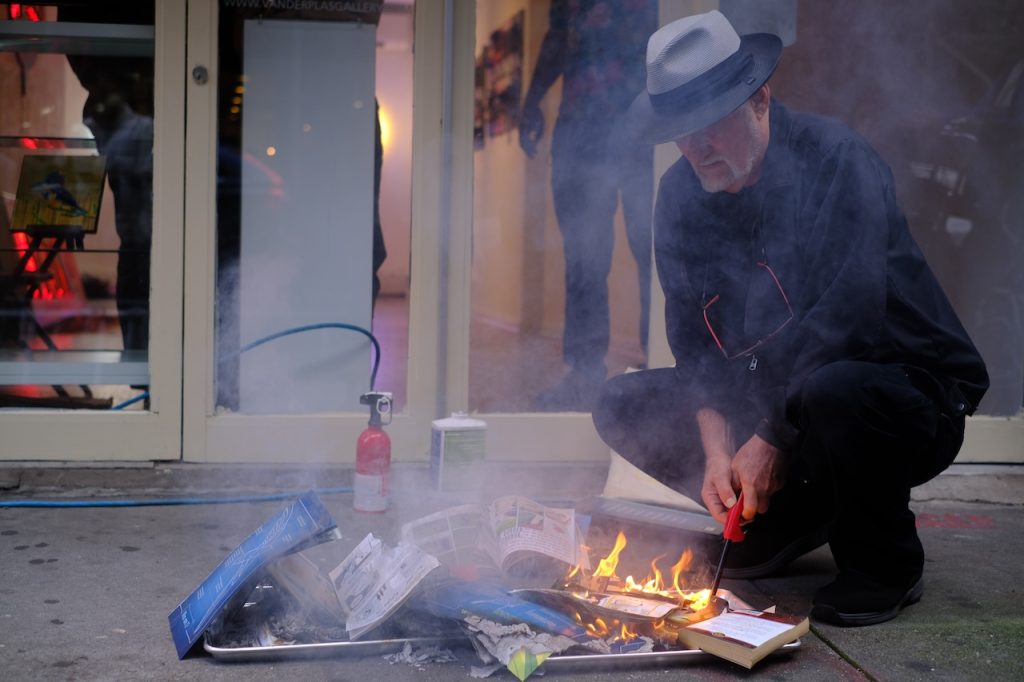
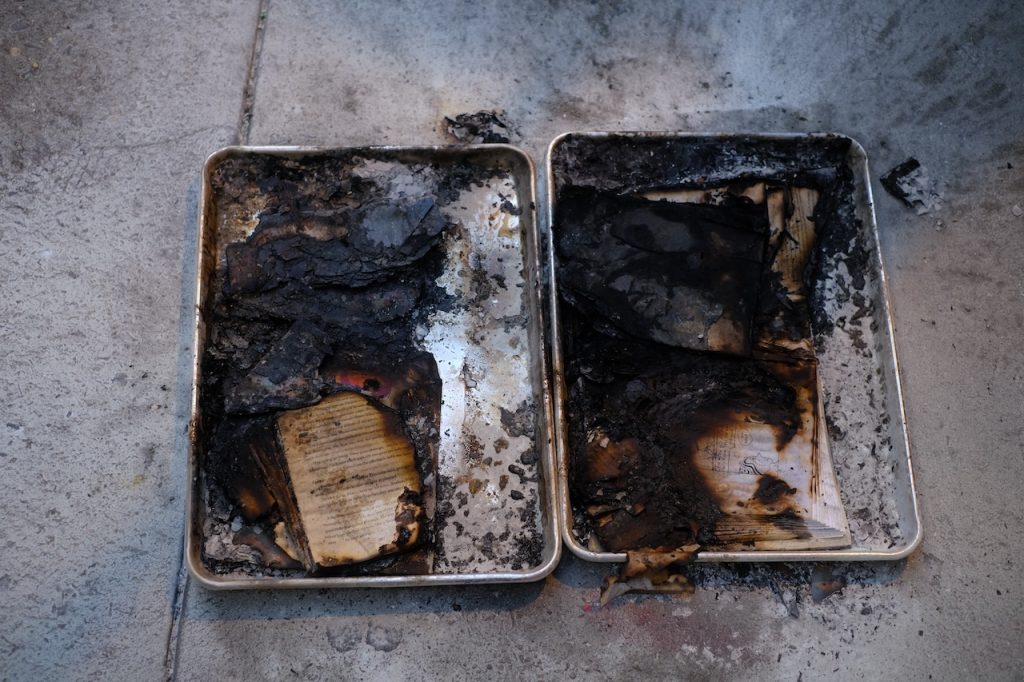
Neuman’s story is of a self-made man, an immigrant who arrived in Pittsburgh, Pennsylvania, with his parents, speaking no English but full of the passion and drive that compel him to this day. He was 12 years old when he came here.
He worked at odd jobs, such as newspaper delivery and dishwashing after school, saving his money to help underwrite his future. He maintained high scholastic standards at the same time and was offered scholarships to some of America’s leading art schools.
He eventually settled on Carnegie Mellon University for his education. There Elaine de Kooning took him under her wing.
“You’re way ahead of your time” she told the student. “Keep going and the world will catch up and catch on.”
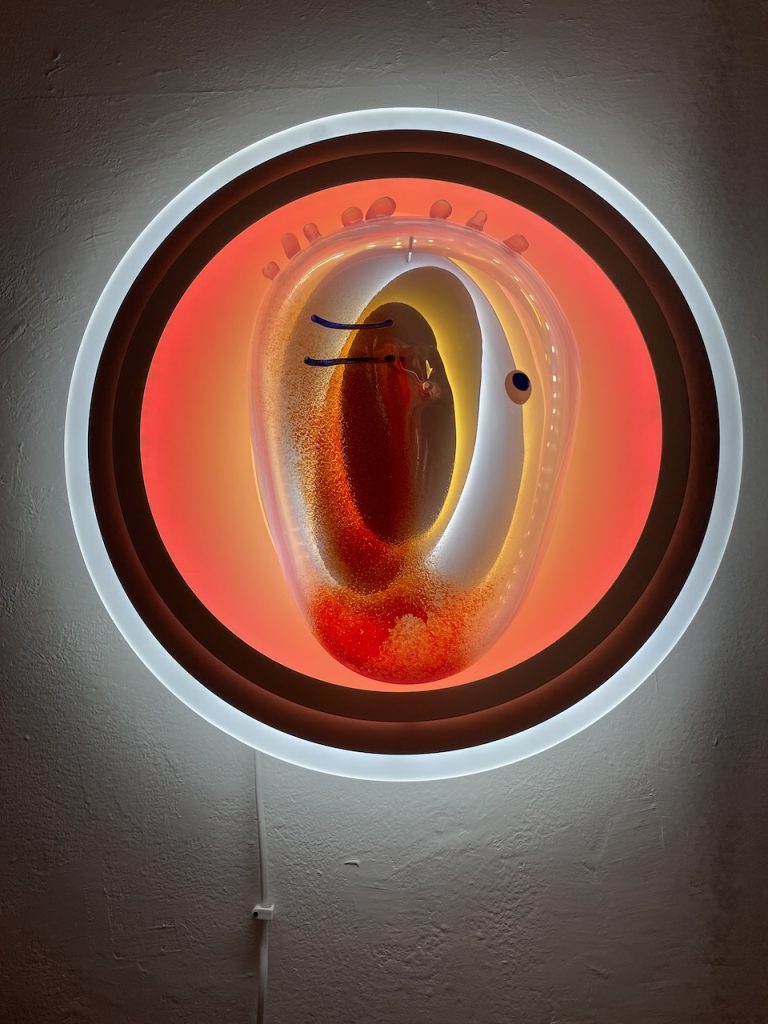
After graduating, and getting dual MFAs in painting and sculpture along the way, he moved to Downtown Manhattan. While his contemporaries were showing in the East Village galleries, Neuman found an Upper East Side art dealer named Joseph Melamed. Recognizing an audacious talent, the art dealer sold the young artist’s work for hundreds of thousands of dollars during the 1980s.
Shalom soon bought an abandoned building on the Lower East Side on Stanton Street and began staging the first Fusionism events there. Soon he aligned himself with the Plexus artists, who were also on the periphery of an art world that was being colonized by bankers and people looking to launder money, while much of contemporary art became less and less impactful, worthy mainly of cocktail chatter. While the mainstream art world became inundated with champagne, cocaine, vodka and greed borne of cash both licit and illicit, Neuman and his confreres committed the heresy of renouncing the complicity of the art gallery system and its gatekeepers. They chose social engagement and freedom of expression instead.
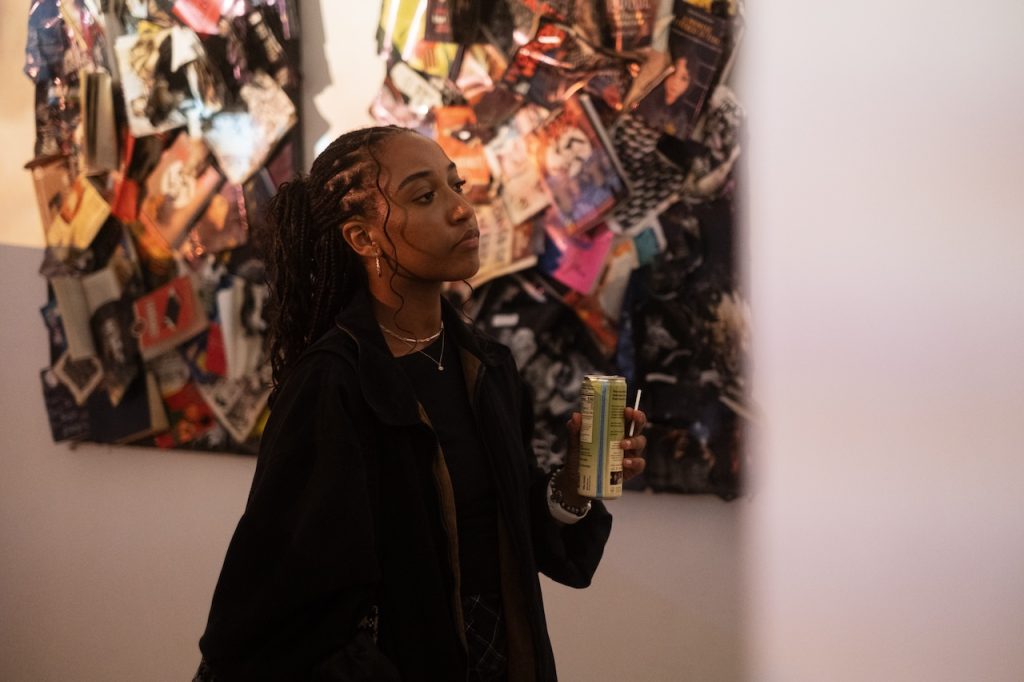
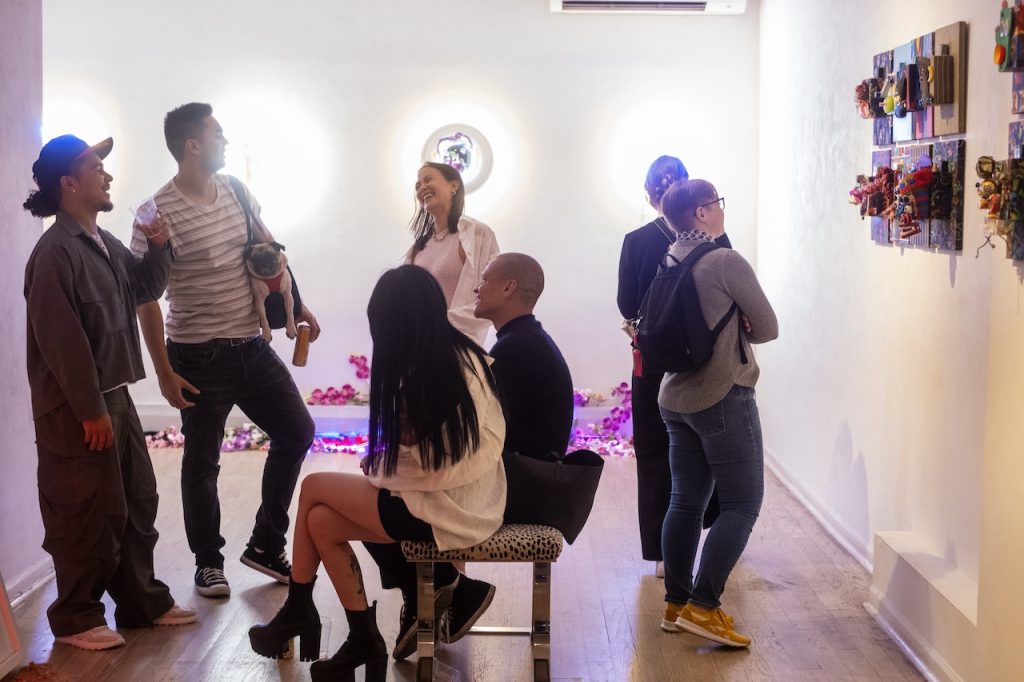
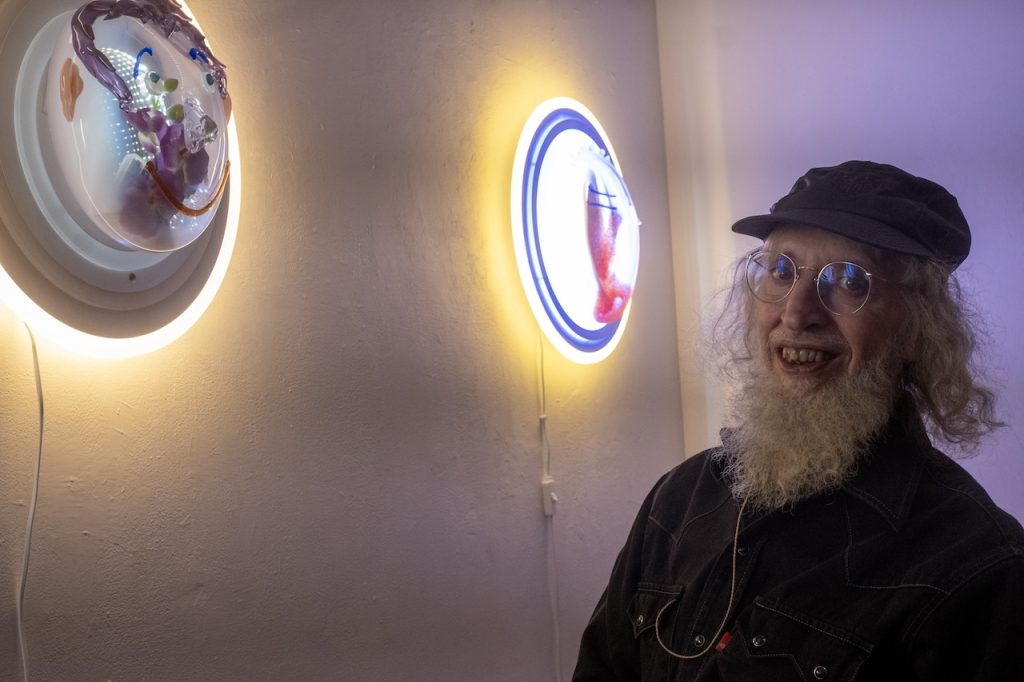
Shalom’s own relentless work ethic led him to teach and lecture at the university level. He got married to his wife Orange — also an artist and professor — and bought another building. This one was in Bed Stuy, Brooklyn.
“It was a tough neighborhood, but it didn’t bother me,” says the artist. “I lost most of my family in the Holocaust before I was born. I lived in a refugee camp in a tent, with no shoes.”
The Czech-born artist and his family fled Soviet oppression and persecution, finding surcease in Israel.
“My family was poor. Everything I have is the result of my own efforts.”
It’s one thing to become rich in America as a butcher, plumber, builder or any number of other avenues to wealth. Many immigrants have trod those pathways and succeeded. However, to achieve impressive success and riches as an artist in these United States is epic.
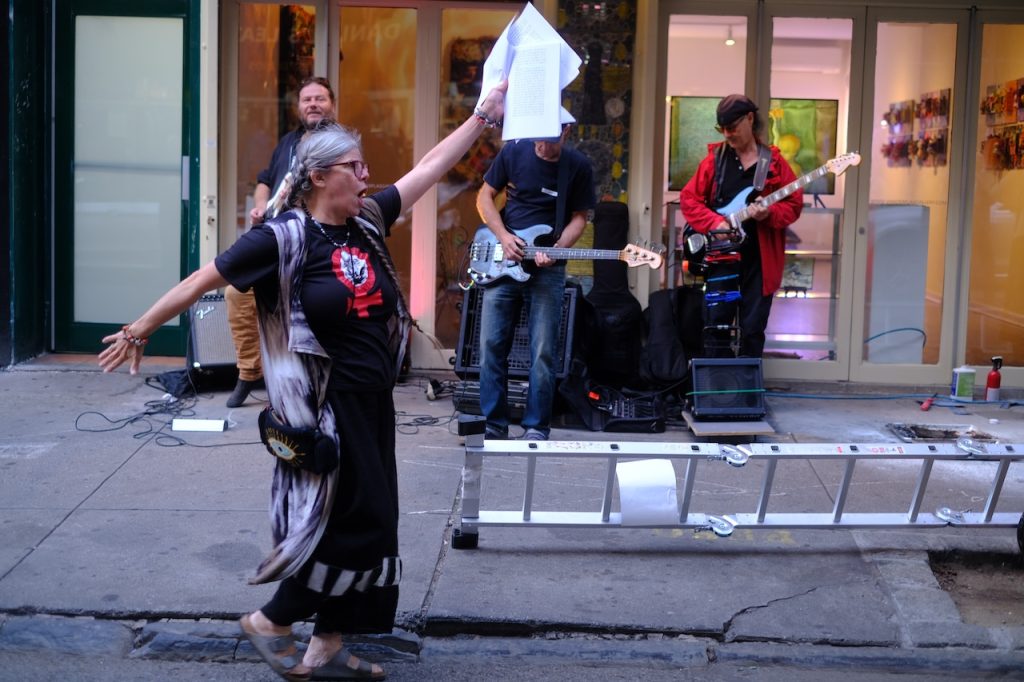
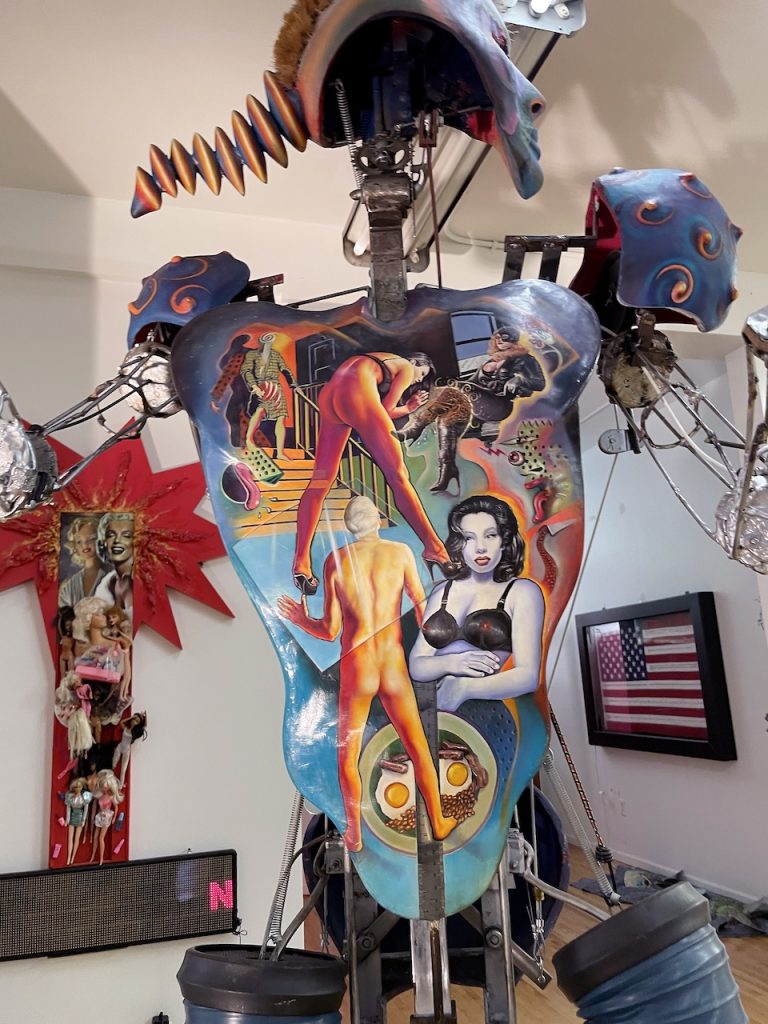
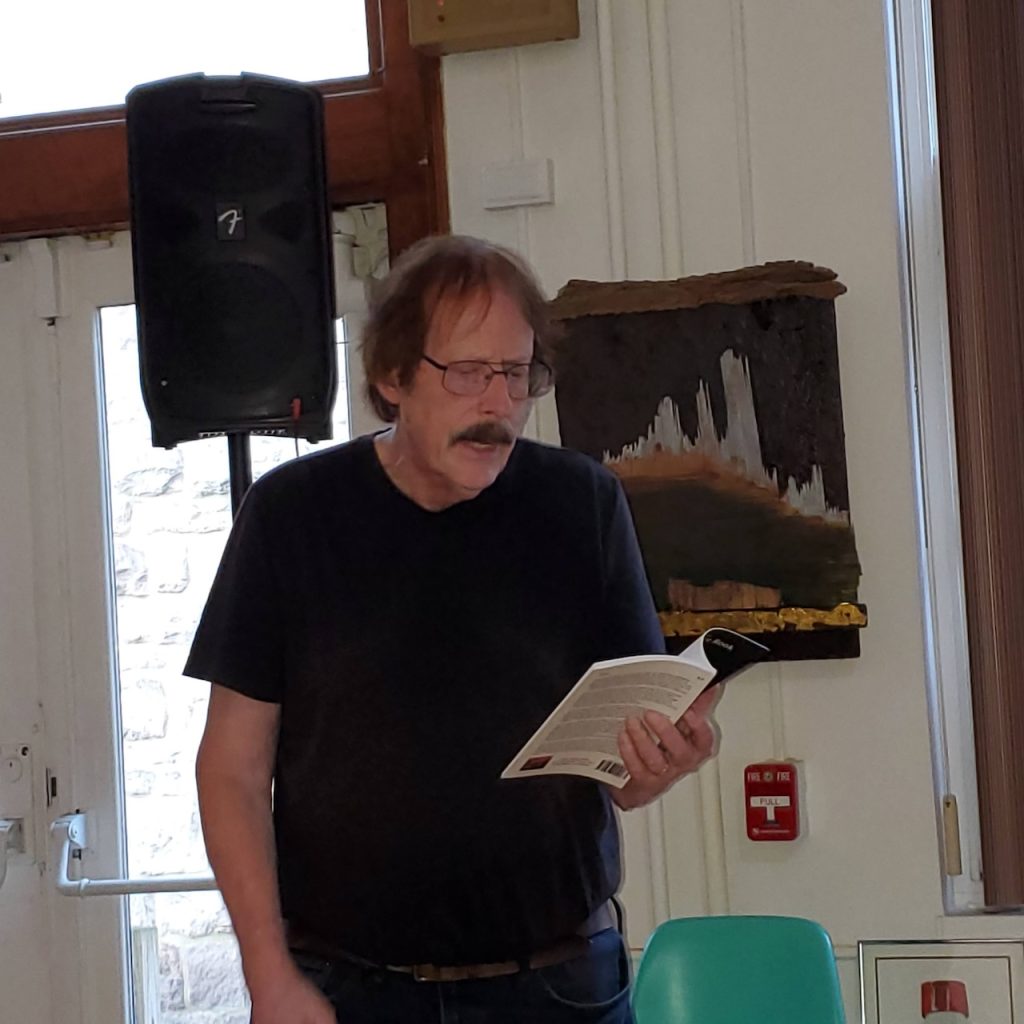
Since the millennium began, Shalom has enjoyed an upsurge in recognition in Europe. There’s a Fusionism Gallery dedicated to preserving his artistic vision in his native Prague. In 2013, he was awarded the prestigious Premio Galileo in Florence, Italy. His dealers in Europe can barely fill the demand for Shalom’s work there.
Shalom’s art has always managed to achieve an edgy whimsy. Found objects and brilliant colors are foundational to Fusionism. He was the first artist anywhere to use motion detectors to activate light and sound elements to engage the public. In many ways, Shalom could be called a populist artist.
These days much of his work through the decades is on display at the International Fusionism (IF) Museum, which the artist founded in the downtown section of the lovely river city of Easton, Pennsylvania. IF Museum is about 90 minutes from Manhattan. The vibrant scene there includes art galleries, a great bookstore cafe, the Crayola Experience play center for children, sidewalk cafes and restaurants on almost every block.
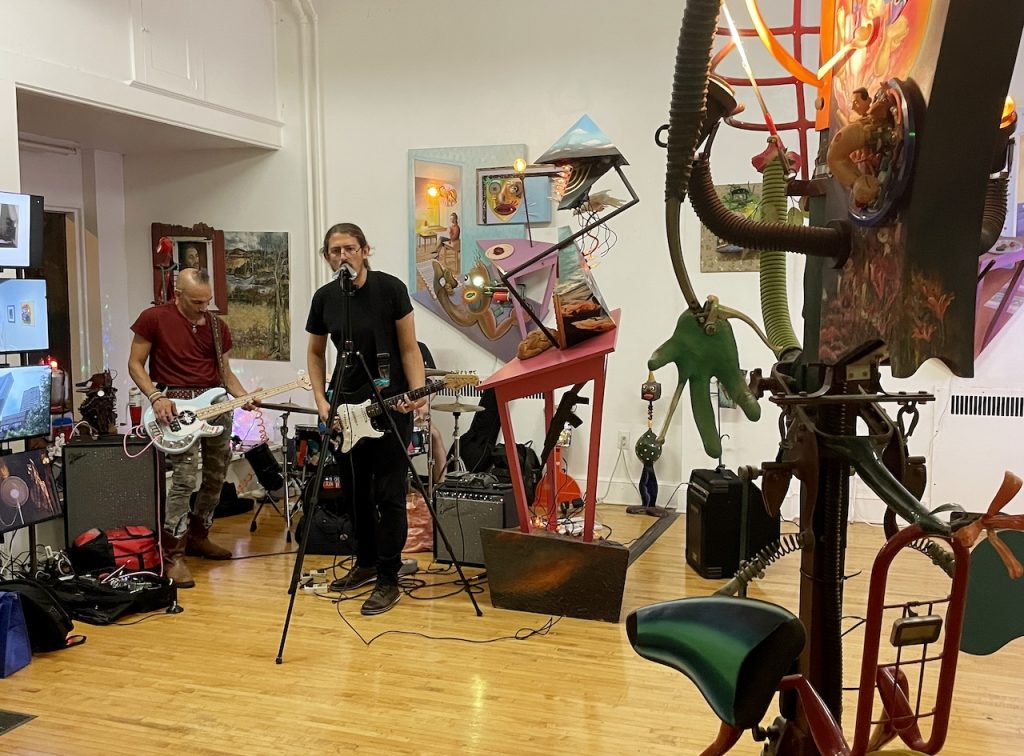
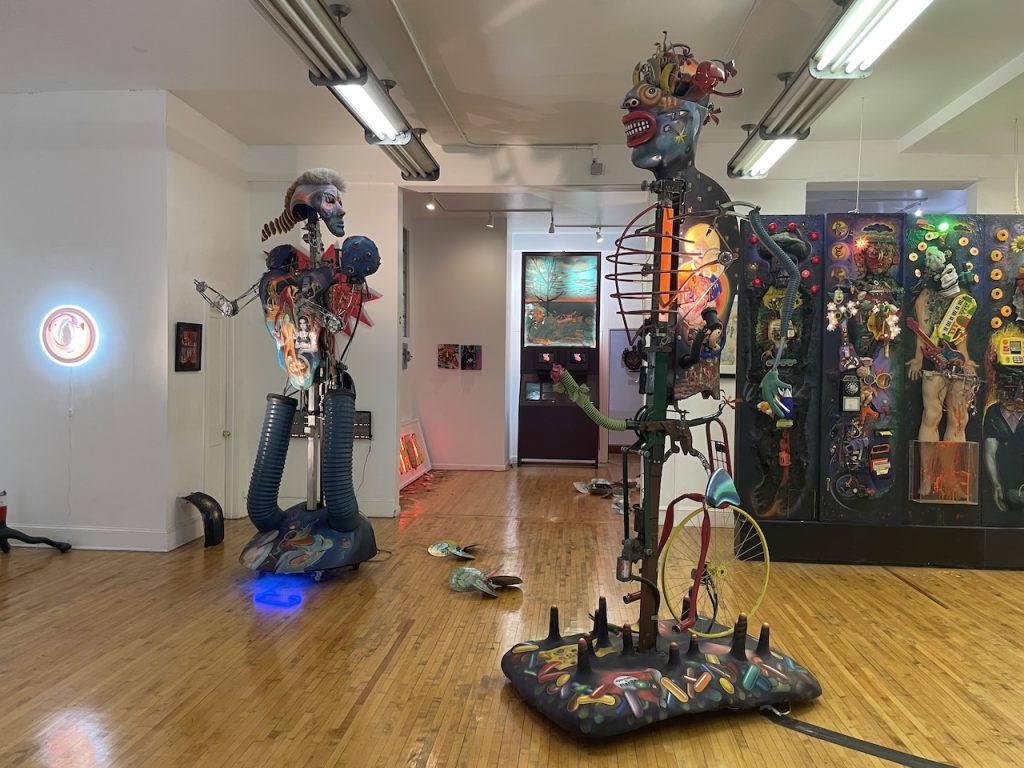
After developers bought his building in Bed Stuy a few years ago, “I bought some buildings here in Easton,” the artist says. In addition to the museum, he and his wife own the local health food store. The IF Museum provides residence spaces for visiting artists, as well as performance and exhibition spaces for young artists of various disciplines.
“Fusionism is real, it’s action, not just theorizing,” says the founder. Shalom also funds a literary prize and residency in Prague, which is administered and judged by the poet and NPR commentator Andrei Codrescu.
Shalom’s presence in the small Lehigh Valley city was the source of some friction early on. At his IF Corp building, a huge warehouse-cum-workshop, Shalom transformed the facade into a boisterous explosion of typical Fusionism — electric color.
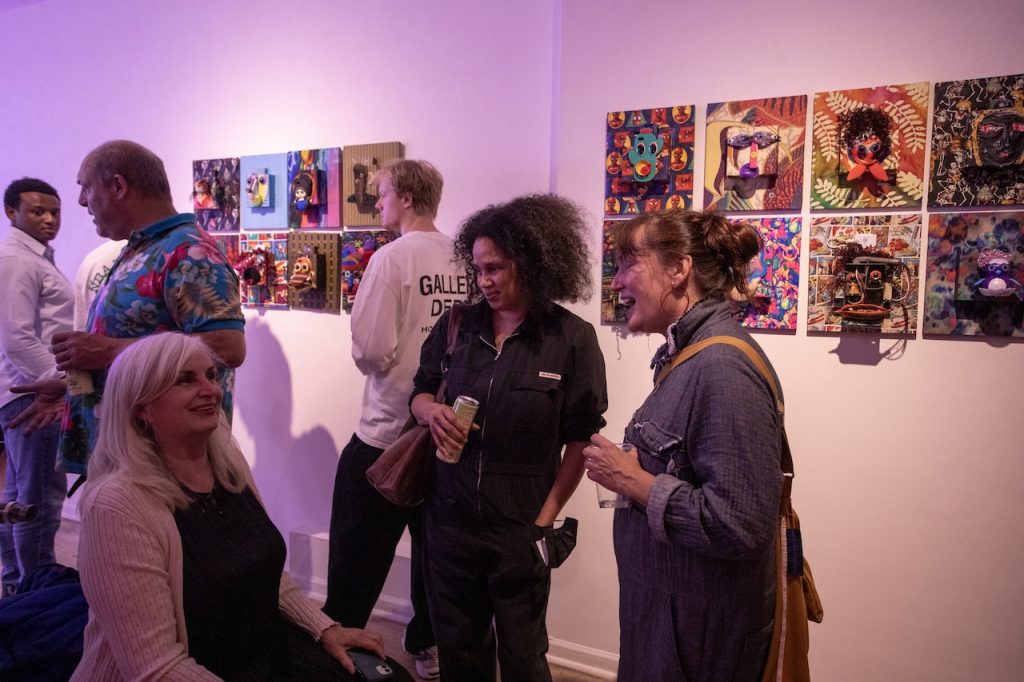
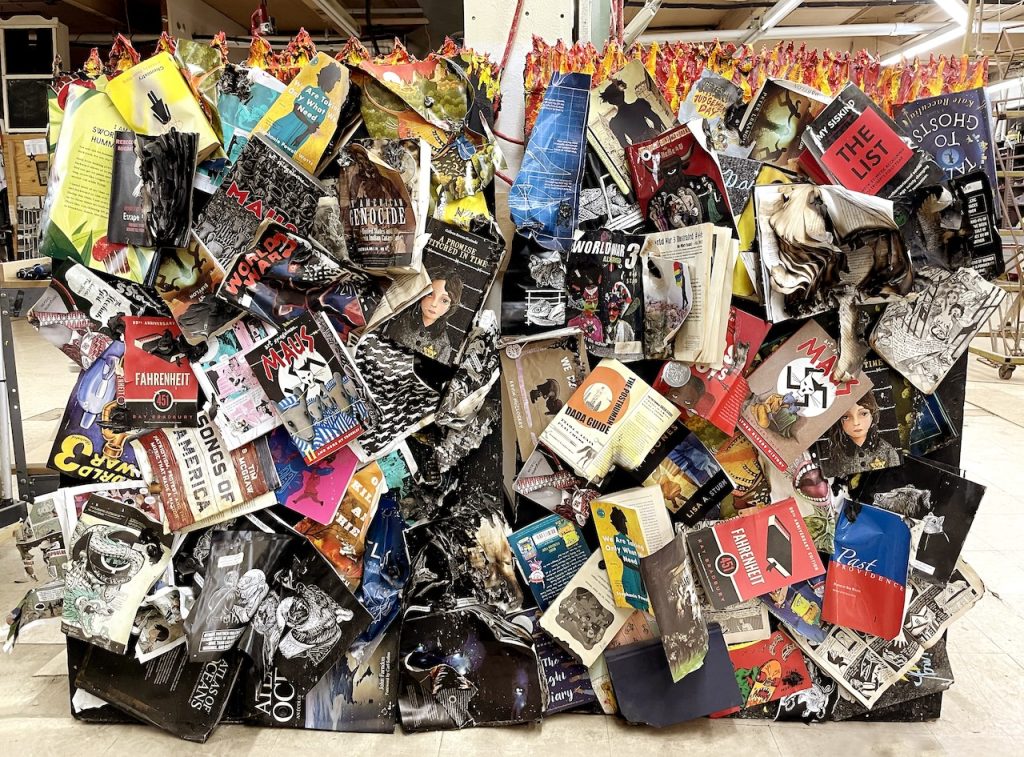
Easton’s Centre Square is the second place in America where the Declaration of Independence was read aloud to the public, in July 1776. So, in a sense, Shalom’s exercise of his freedom of speech and freedom of expression is right at home.
Nowadays, Easton has embraced Fusionism. Work is ongoing to make the galleries at IF Museum climate-controlled to gain official recognition as a museum. The museum is open weekends and by appointment.
Fusionism, like other artistic isms past — Cubism, Surrealism, Dadaism, Abstract Expressionism, Impressionism — has ignored the establishment shibboleths promulgated by auction houses, galleries and vampire bankers. In doing so, it has found its place in art history.
DiLauro is a playwright, poet and roving cultural reporter.

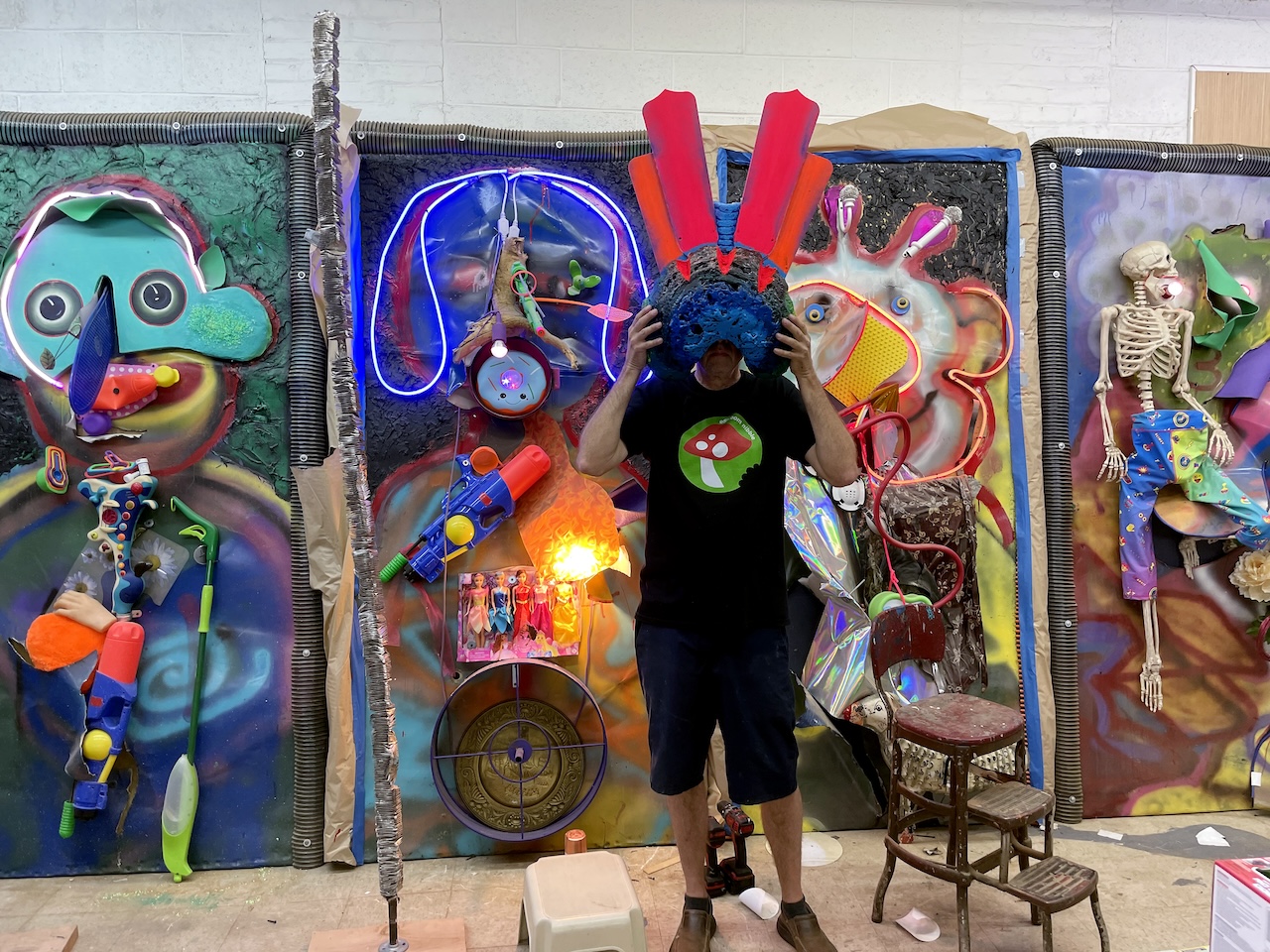
Shalom, there are only unique words to describe you, your art and what you stand for. You certainly are and will always be ahead of your time. I would say you’re your own X-file from another planet. Shalom, you’re a decent mad scientist. Keep on giving us, and make the world all about
Fusionism!
Oh yeah from one unbearable to another — never be bearable!
I just read it all, Shalom. An hour or so before I added your name to our artsts page. Embarrassed as it has taken me a long time. At first I was excited to be working on that page again..but each day I think of more names…on and on.
I have allot to learn about html.
Starting to think an artist listing is hopeless.
http://www.valweb.org
The piece on Shalom Neuman and his artistic legacy is phenomenal! By coming up with the idea for Fusionism, Shalom has taken the world of art to a new level, one that fits in with the world where it’s at now. His pieces are humorous, and humor is the fuel that helps all great art move forward through time.